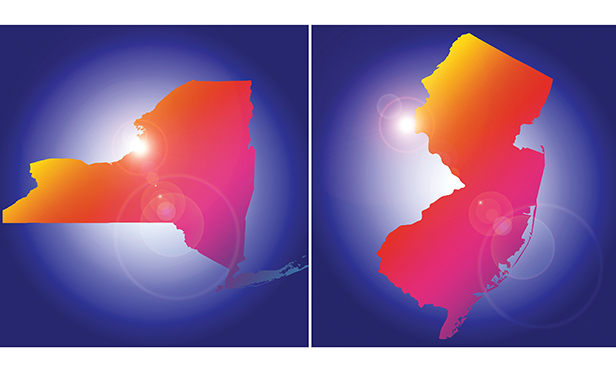 For more than 20 years, insurance companies, policyholders, and their counsel, in both New York and New Jersey, have shared a mutual understanding regarding at least one issue concerning the allocation of long-tail losses among multiple policy years. Based on two leading cases decided in the 1990s, the rule and practice has been that losses are not allocated to policyholders in periods when insurance was not available for purchase. As a matter of practice, this has most commonly come into play in disputes involving insurance coverage for asbestos and environmental liabilities, as coverage for both types of claims became unavailable generally around 1985-86.
For more than 20 years, insurance companies, policyholders, and their counsel, in both New York and New Jersey, have shared a mutual understanding regarding at least one issue concerning the allocation of long-tail losses among multiple policy years. Based on two leading cases decided in the 1990s, the rule and practice has been that losses are not allocated to policyholders in periods when insurance was not available for purchase. As a matter of practice, this has most commonly come into play in disputes involving insurance coverage for asbestos and environmental liabilities, as coverage for both types of claims became unavailable generally around 1985-86.
That common understanding changed earlier this year, when both the New York Court of Appeals and the New Jersey Supreme Court heard appeals where this seemingly settled issue was raised anew. The New York court upended the established rule, without creating a new universal rule in its place, leaving exactly what coverage gets applied to what year in doubt. In New Jersey, the court affirmed and even extended the longstanding rule. In this article, we first briefly will summarize each ruling and how it fits into each state’s body of insurance coverage law. Then, we will offer analysis and suggestions for handling such cases in the future.






